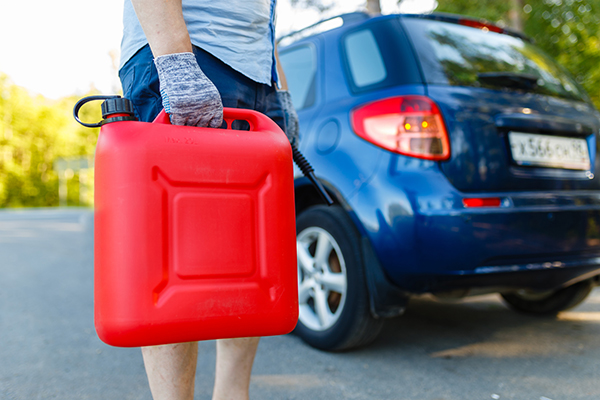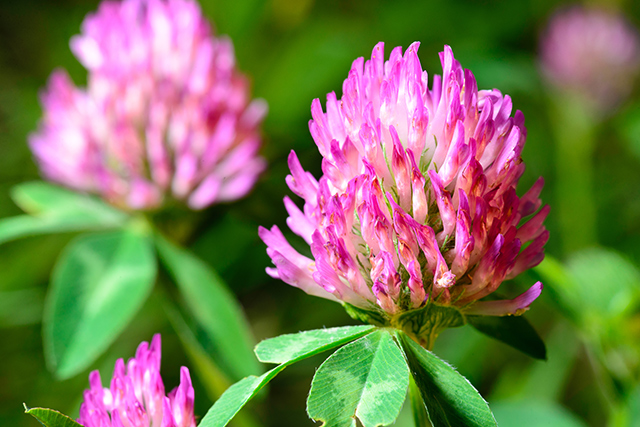Food preservation tips: 4 Common canning dangers and how to avoid them
06/26/2020 / By Mary Miller

Canning is a traditional method of food preservation that entails heating the food in airtight jars to eliminate harmful bacteria and prevent spoilage. When done properly, canning can significantly extend the shelf life of various food items for long-term storage. On the other hand, when done incorrectly, it can lead to harmful consequences. Here is a crash course on the four most common canning dangers and how to avoid them. (h/t to HomesteadSurvivalSite.com)
Before anything else, you should know that there are two types of canning methods: pressure canning and hot water bath canning. This information is important because certain types of food can only be canned using specific methods.
Pressure canning is recommended for low acid foods such as meats, vegetables, seafood, poultry and dairy products since this method requires high temperatures and high pressure levels that can eliminate harmful bacteria.
Hot water bath canning, on the other hand, deals with lower pressure levels and temperatures that can go no higher than 214 F. As such, this is the preferred canning method for high acid foods, such as tomatoes and other fruits. (Related: An essential guide to canning: What you need and how to get started.)
Botulism
Botulism is a type of food poisoning caused by the Clostridium botulinum bacteria. Because these bacteria thrive in environments without oxygen, they are especially dangerous in canned foods that are not processed properly.
Botulism spores produce a toxin that can cause paralysis and in some cases, may even result in death. Because the spores are heat resistant, they can survive the hot water bath canning process. Fortunately, the pressure canning method heats the food up to 240 F, which is a high enough temperature to safely eliminate any botulism spores.
Improper processing of low acid foods
The natural acid content of high acid foods provides an environment that is not conducive to the growth of harmful pathogens. However, the same can’t be said for low acid foods, which is why it is vital that they are preserved properly using the pressure canning method. Under no circumstances should low acid or non-acidic foods be preserved using the hot water bath canning method. The risk of foodborne pathogens is simply too great.
Using old lids
In order to form an airtight seal, the lid must be well-suctioned onto the jar. Used or old lids cannot guarantee a strong enough suction to create this airtight seal. While the jars and rings can be reused, the lids must always be replaced with new ones. A lid that does not seal properly can allow dangerous bacteria and toxins to seep in. Once you have used a lid for canning, mark it with a permanent marker so that it does not get accidentally used in another canning session.
Using contaminated tools
Sterilization is key to safe and proper canning. If any of the tools you use are contaminated, then even the most stringent canning practices will be for nothing. Simply washing and drying your jars is not enough. Your lids, rings and jars must all be completely sterilized with boiling water for at least 10 minutes. During the canning process, you must keep your jars warm by placing them in a warm oven. It is also crucial to keep your kitchen and work area clean during the entire canning process.
Before consuming any of the food items you have canned, always inspect them for cracks, leaks, swollen spots and other signs of improper canning. Even if there are no obvious signs, discard the food immediately if it tastes unusual. When it comes to canning, caution should not be taken lightly. Learn other tips on safe food preservation by visiting FoodStorage.news.
Sources include:
Tagged Under: botulism, canning, canning food, emergency food, food hacks, Food Preservation, food supply, harvest, high acid foods, homesteading, how-to, low-acid foods, off grid, preparedness, prepper, prepping, preserving food, pressure canning, self sufficiency, self-reliance, SHTF, survival, survival foods, water bath canning
RECENT NEWS & ARTICLES
COPYRIGHT © 2017 OFFGRID NEWS



















